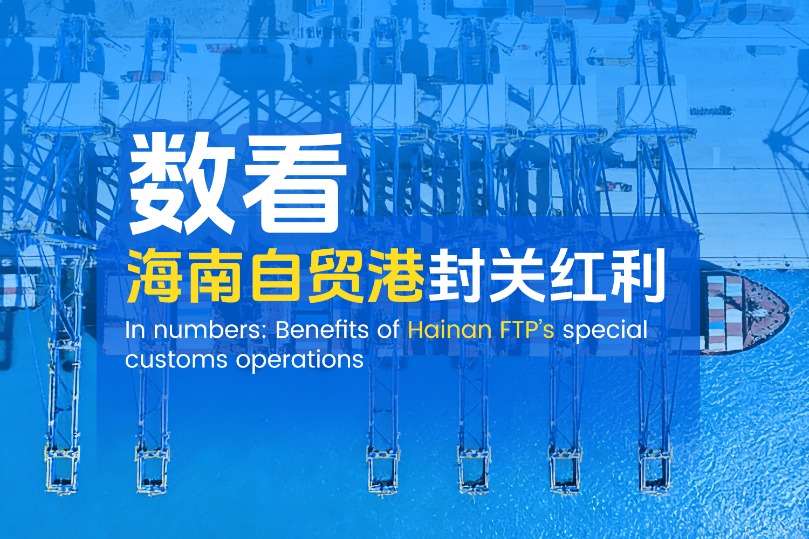Building a strong BRI ecosystem
China Daily | Updated: 2019-04-30 09:38
Editor's Note: The Second Belt and Road Forum for International Cooperation was held in Beijing from April 25 to 27. China Daily interviewed top business executives from well-known multinational companies for their views and suggestions on the initiative.
Q1: What is your view of the Belt and Road Initiative proposed by China six years ago? Will the initiative be beneficial to your country or region?
Q2: Do you think the initiative will help fuel global economic growth and free trade and investment? Are there any new industries in your country or region made possible by the BRI?
Q3: How does the BRI benefit your business in China and worldwide? How does your company plan to further participate in the initiative?
Q4: What suggestions do you have for improving the implementation of the BRI?
Q5: Are there infrastructure projects that your country or region would not be able to implement without the BRI? Can you give examples of how these help the economy of your country or region?

Rachel Duan, senior vice-president, GE Company and president& CEO, GE Global Growth Markets
A1 Since the launch of the Belt and Road Initiative, we have made partnering with Chinese engineering, procurement and construction companies in the BRI markets a business priority for GE in China. GE estimates that over 1 billion people lack effective access to energy. By partnering with Chinese EPCs, GE is leveraging its comprehensive mix of power generation technologies, strong local capabilities in 63 of the BRI markets and global financing power, to bring energy to where it is most needed, to improve people's lives and fuel economic growth.
A2 By bringing together enterprises from multiple economies and providing the infrastructure necessary for economic growth, the BRI promotes the potential for greater trade and investment. In terms of infrastructure investment, we have already seen the BRI drive further investment in developing regions through our own business. While we began partnering with Chinese mainland EPCs over 20 years ago, we have seen nearly two thirds of our orders by capacity booked just since the end of 2013, spurred by Chinese EPCs increasingly going global under the Belt and Road initiative.
A3 In the past five years, the formalization of the BRI has brought focus, collaboration, accelerated growth, and strength to our work with Chinese EPCs. We've worked with over 30 EPCs in more than 70 overseas markets, providing a global network of technology, knowledge and tools, accompanied by local market expertise and on-the-ground support. Since the BRI was unveiled, GE's orders from Chinese EPCs have quintupled.
A4 We hope that the BRI participants can further develop an effective consensus on the current geopolitical and policy risks encountered by all parties in cross-regional and cross-cultural cooperation. We hope to see the promotion of participation by all parties, especially private enterprises and financing institutions such as GE in the BRI. We believe the most important improvement that can be made is in building a strong BRI ecosystem as the sheer scope and ambitions of the initiative demand broad-based support from both the public and private sectors across the world to achieve its potential.
A5 We believe that the key challenge for building infrastructure along the Belt and Road is not finding demand, but rather meeting the need for financing, dealing with geopolitical risk, and providing the right technological solutions for the right regions. The BRI has done a great job in bringing these factors together to execute projects in developing regions and improve the living standards of local communities through these projects. For example, the Hassyan project - the Middle East's first ultra-supercritical coal-fired power generation project - brought together all of these factors, with financing from the Silk Road Fund, EPC execution from Harbin Electric International, and boiler turbines and generators from GE.
























